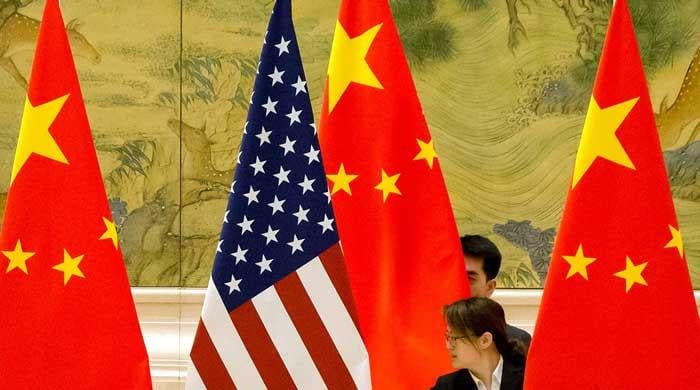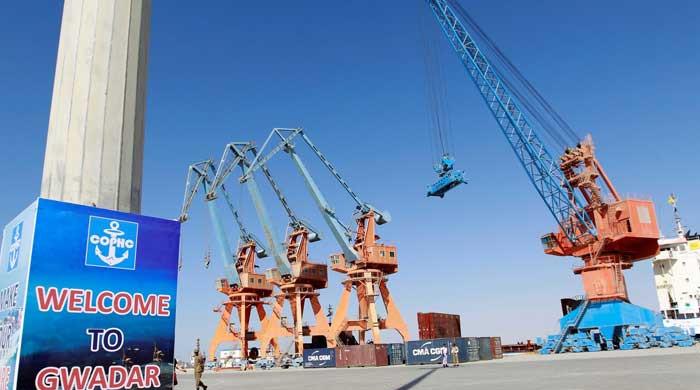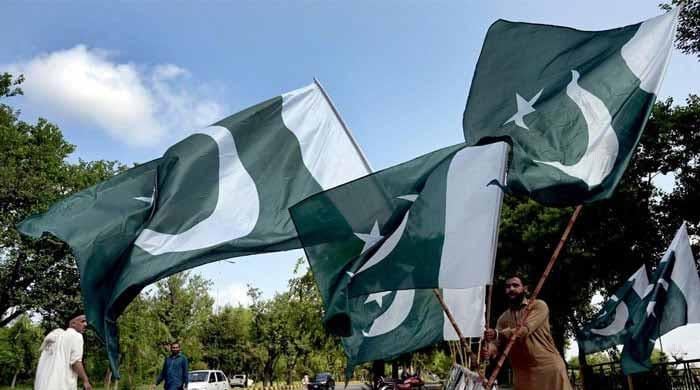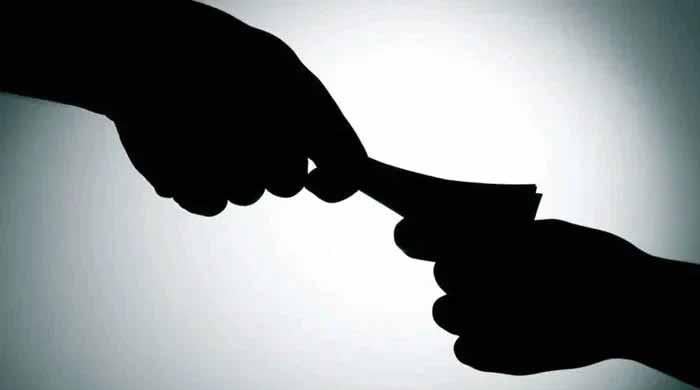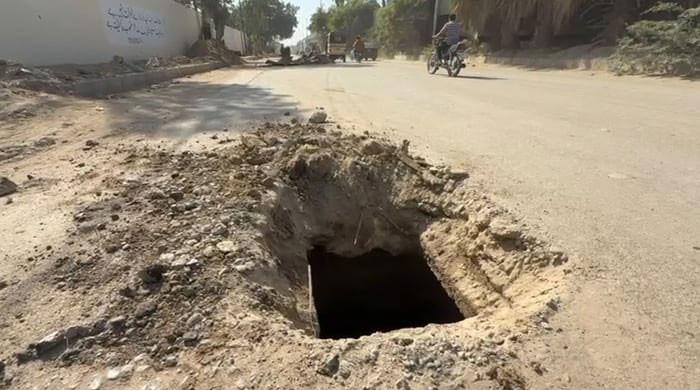Punjab 2023: Will the political pendulum swing?
Ongoing trials against Nawaz Sharif family will likely set the tone for who could emerge victorious in Pakistan’s most populous province in 2023
November 18, 2021
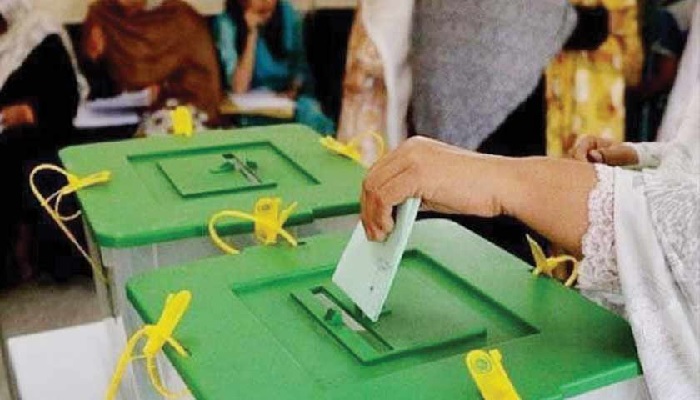
While it is unclear what will be the final outcome of the trial and appeal of the “House of Sharif”, and despite multiple cases of graft pending against them, the fact remains that Prime Minister Imran Khan has not been able to seriously dent the PML-N's popular base in Punjab, both in the 2013 elections and again in 2018.
However, in the last national polls, the PTI managed to form a government in Punjab with the support of the Chaudhrys of Gujrat and the Junoobi Punjab Suba Mahaz (JPSM) group.
After 1988, Punjab's political landscape has by and large remained right-of-center. But now, it seems to be heading towards religious extremism with the rise of the far-right Tehreek-e-Labbaik Pakistan (TLP).
In a bid to defeat PML-N in the next polls, and to cut down to size Chaudhry's PML-Q, the PTI could seek out an electoral alliance with the TLP.
Also, Prime Minister Imran Khan, and many of his colleagues understand that the chances of PTI’s success in the next general election would depend on the outcome of the cases against the Sharifs, their arch political rivals.
It is a historical fact that the Sharif family’s politics is the product of the powerful establishment of the past, but it is also a fact that the serious differences between the two – the establishment and Nawaz Sharif - led to the fall of Sharif in 1993, 1999 and after the Panama papers leaks.
Despite the setbacks Sharif received, much to the disappointment of Khan and the establishment, in 2018, the PML-N emerged as the single largest party in Punjab, which forced PTI to cobble together a coalition to form a government in the province.
Punjab: From PPP to PMLN
It is important to mention here that Punjab has not always remained a stronghold of the Sharif family.
From 1970 to 1988, it was a powerful base for the PPP. The province had an anti-establishment tilt after the imposition of martial law by General Ziaul Haq, which is why Haq had decided to wipe out the support base of former prime minister and PPP’s leader, Zulfiqar Ali Bhutto, from Punjab.
But to his utter surprise, the movement led by Bhutto’s wife, Begum Nusrat Bhutto, emerged strong in 1979 and later in the 1983 local bodies elections.
Thousands of PPP workers from Punjab were sentenced to prison during Ziaul Haq’s tenure. Some were publicly hanged. Still, in the aftermath of the 1983 Movement for the Restoration of Democracy, Haq was left with no other choice but to get some political legitimacy. That is why he decided to hold a referendum for himself and then held an election on a non-party basis in a bid to keep the PPP out.
Meanwhile, Haq was also looking for a pro-establishment political family in Punjab to counter PPP’s onslaught. Enter the Sharifs.
In what was a smart move, the former military ruler brought in one politician from Sindh, Mohammad Khan Junejo, and appointed him prime minister while he made Nawaz Sharif the chief minister.
But then on April 10, 1986, Bhutto’s daughter, Benazir Bhutto, announced her return from exile to Pakistan.
On her homecoming, she took Punjab by storm. She toured the province by road, receiving an electric and rousing reception, which according to the former intelligence chief, the late General Hamid Gul, created a fear within the establishment. The fear led to the making of the Islami Jamhoori Ittehad, a right-wing political alliance to oppose the PPP.
Gul and his team managed the national election to ensure that Punjab went to the Sharifs.
The political battle and tussle between Nawaz Sharif and Benazir Bhutto suited the establishment. It was only after 1993, when Sharif made a hard hitting speech and rejected any dictation of power that the establishment must have realized that the investment they made on Sharif proved counterproductive.
2023: Punjab up for grabs?
After the tragic death of Benazir Bhutto in a suicide attack, Imran Khan slowly emerged as the new challenger to the power of the Sharifs.
The PPP lost its place in the province after Bhutto’s death and was completely wiped out from Punjab in the 2013 polls. Then in 2018, riding on its own rising popularity, and with the Teheek-e-Labbaik denting the vote bank of the PML-N, the PTI was able to climb to power.
After taking office, Khan could have increased his footprints in the province but his decision to appoint Usman Buzdar, an ineffective chief minister in Punjab, led to the balance of power shifting from the PTI to its ally the PML-Q.
As for the next polls, the ongoing trials against the Nawaz Sharif family will likely set the tone for who could emerge victorious in Pakistan’s most populous province in 2023.
The next election will also set the direction of Punjab’s politics: will it be left, centre, right or far-right?
The writer is a columnist and analyst of Geo, The News and Jang. He tweets @MazharAbbas.




